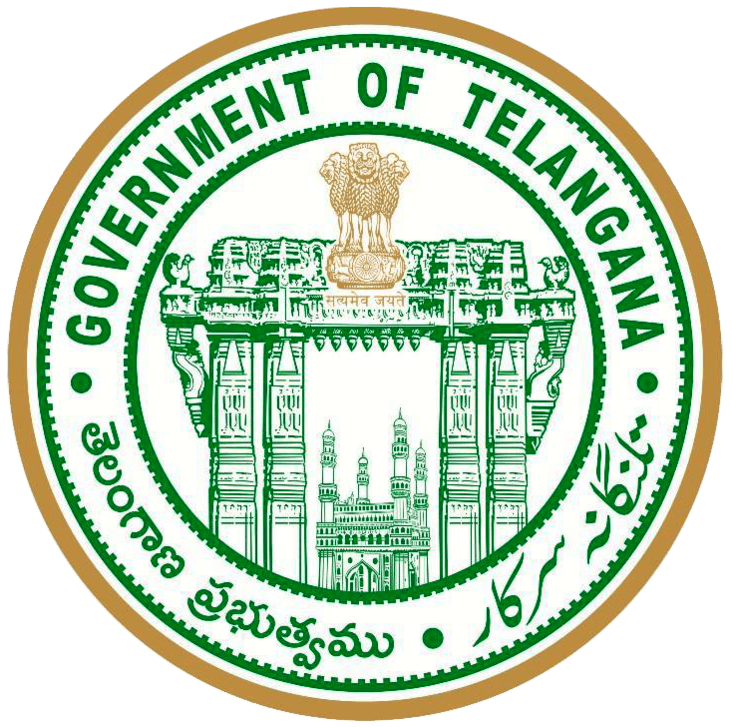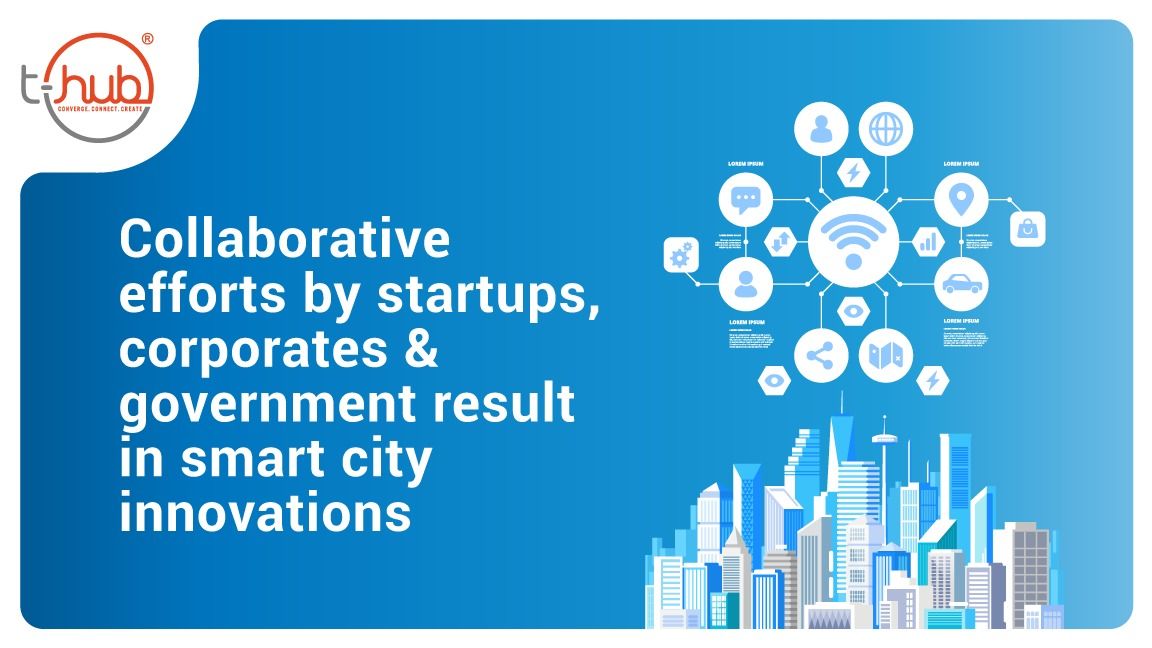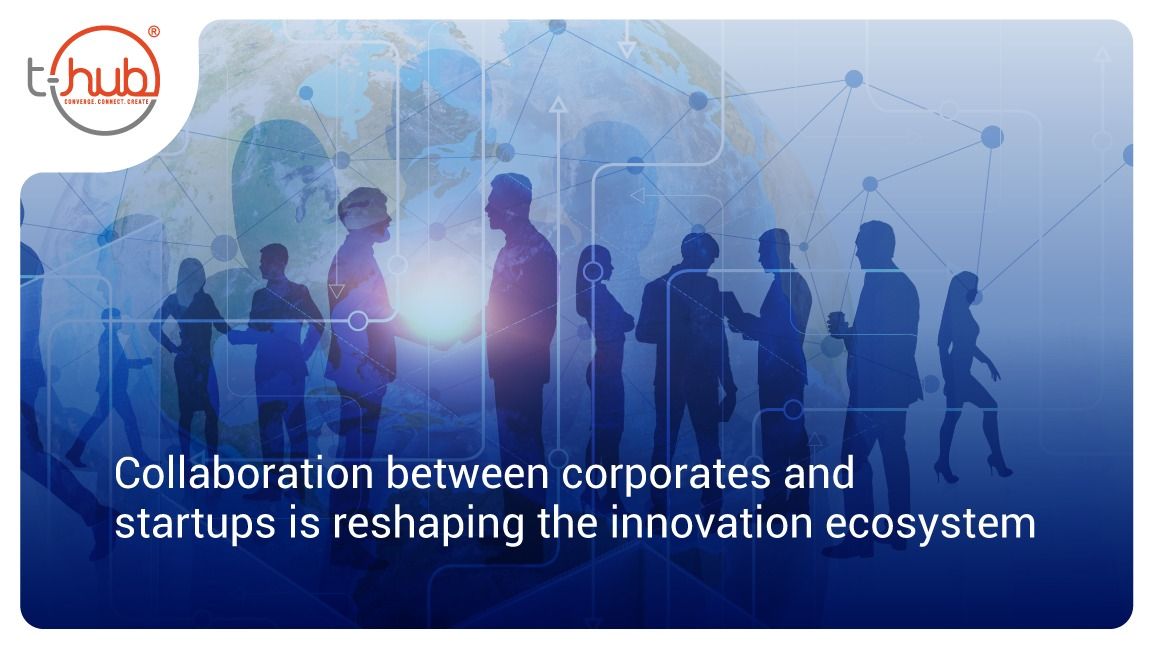Imagine living in a clean, energy-efficient city of the future that boasts of soaring ultra-modern ‘intelligent’ buildings, autonomous e-vehicles, free Wi-Fi hotspots and connected infrastructure. In the era of urbanization and digitalization, the rapid evolution of such socio-economic hubs, aka smart cities, has made citizens’ lives more fulfilling than ever. So, what exactly constitutes a smart city? According to a United Nations report, a ‘smart sustainable city is an innovative city that uses ICTs and other means to improve quality of life, efficiency of urban operation and services and competitiveness, while ensuring that it meets the needs of present and future generations with respect to economic, social and environmental aspects.’
Given that 68 percent of the world’s population is projected to live in urban areas by 2050, the smart city concept is one of the hallmarks of the Fourth Industrial Revolution. The next-gen cities — integral to building a smart economy — are touted to drive 80 percent of the global GDP. For naysayers who question the need for tech-ready smart cities, the stunning success of Singapore as a consistently top-ranking global smart city could, possibly, reverse that opinion. Singapore takes its smart city development seriously and will spend US$1 billion to further bolster its thriving urban ecosystem in the areas of mobility, utilities and information and communication technologies (ICT), among others.
One of the primary reasons for Singapore’s rapid ascent on the global smart city index can be credited to its government’s strategic vision to invest in technology and connectivity infrastructure for a more sustainable future. Its Smart Nation initiative is a game-changing public-private partnership that has seen startups lead the way in solving local problems. For example, Grab, Singapore’s leading ride-hailing provider, has partnered with the government for intelligent traffic-management system that reduces the number of cars on the roads as well as the country’s pollution.
However, can Singapore’s impressive smart city model be replicated in India? The answer undoubtedly lies in an effective and integrated approach to building India’s smart cities of tomorrow. Towards this end, all principal stakeholders in the country’s vibrant entrepreneurial community — startups, large corporations and the government — should join forces to spearhead innovation in smart city technology.
The unique dynamics between the key participants in the startup innovation ecosystem will narrate India’s smart city story. While transitioning to a smart city, the public and private sectors will need to collaborate to find disruptive solutions to basic citizen services, such as electricity, water usage and road development. The government has to encourage an atmosphere of innovation and offer enormous resources to lay the foundation for smart cities. Investing in smart cities gives companies an opportunity to leverage their brand, mentor startups and network to create new revenue streams — not to mention the immense clout at the government level. As for startups, they are backed by a strong support system that gives them the creative space to unleash out-of-the-box ideas on the smart city landscape.
Such collective efforts would lead to a larger customer base for the smart city and new revenue opportunities for all players. But how is this translating on the ground in the Indian context?
An integrated ecosystem
According to a recent UN report, India is projected to add 416 urban dwellers by 2050. Therefore, there is a dire need for accelerating efforts to improve the infrastructure, transportation and living conditions across India’s urban landscape. Towards this end, Indian government bodies such as NITI Aayog, Atal Innovation Mission, and Smart Cities Mission are clear indicators of the government building a connected ecosystem that will address the challenges of urban growth.
The government’s ambitious Smart Cities Mission is aimed at identifying and developing 100 cities and their satellite towns into modern and self-sustainable urban hubs of digital innovation by 2020. But the government — both at the central and state levels — is not doing this alone. It has partnered with several startups and corporates that offer disruptive solutions in the areas of smart housing, digital infrastructure, transportation, water, healthcare and other citizen services.
The Smart Cities Mission seems to have buoyed many startups to spur a climate of innovation in the ecosystem. For example, healthcare startup ChironX that uses AI in the retinal imaging space, has partnered with the Maharashtra government to deliver its diagnostic solutions to the rural demographic. Also, in Telangana, Greater Hyderabad Municipal Corporation (GHMC) has partnered with local startup Virtual Raasta to launch VR-based polling booths. The technology aims to empower first-time voters and persons with disabilities to vote through an immersive VR experience.
In yet another example at the state level, Pune Smart City Development Corporation Limited (PSCDCL) has initiated a zero-garbage project for its smart city areas.
Similarly, corporates don’t want to be left behind in India’s smart city story. American networking solutions company, Juniper Networks, is betting heavily on India’s 5G market as a means to participate in the government’s Smart Cities Mission. The company links the growth of smart cities to a parallel increase in the deployment of IoT technologies.
The governments of other countries have also demonstrated their keen interest to lend their expertise to India’s smart cities. For instance, Swedish government agency, Vinnova, has partnered with the Indian government to address various challenges around smart cities and find innovative tech-driven solutions for a sustainable future. The partnership has also called out to the industry and academia to lend their expertise in this regard.
Outside learnings
Notwithstanding concerted efforts from the principal stakeholders, the implementation of smart cities over the last five years has been riddled with challenges. For one, there is friction between the central government and the states’ municipal bodies. Also, despite being greenlit, there has been no movement in various development projects across cities, either due to infrastructural barriers like congested roads; or lack of basic amenities like water; or other roadblocks like untreated sewerage, skill gap and legacy technologies.
Furthermore, there are lacunae in the current regulatory framework policy that overlook social inclusivity, citizens’ security and privacy issues and inadequate financial avenues to implement the smart cities projects.
What does this setback imply for the future of public-private partnership in the nation’s smart city ecosystem? This would be the opportune time for India to look to other countries that have built some of the most exemplary and inclusive smart cities in the world, where they put people first.
Take for instance Barcelona that boasts of cutting-edge sustainable technological infrastructure, public transportation services, 500 km of optical fibre, sensor lighting coupled with free WiFi, and parking sensors to enable smart parking. The country’s smart city strategy is a resounding success since the policy makers adopted a citizen-centric approach to implementing solutions. Moreover, they also encourage the public and private sectors to collaborate on innovative ideas with the aim to serve the people instead of only focusing on the use of new technologies. The city’s transparent governance model allows citizens to discuss the government’s policy proposals and suggest their own.
India could also apply the best practices of Amsterdam in smart city development. The city has smartly used data analytics to develop integrated citizen services that enhance the quality of life of people. For instance, it relies on deep technology to alert its citizens about flooding. Its open source platform ‘Amsterdam Smart City’ brings together citizens, businesses and the government to share ideas, scout for investment opportunities and collect valuable city data to fuel innovation. The main benefits of this model are transparency, participatory governance, using data for social good and a decentralized information gateway that improves urban life.
Besides Europe and America, China is also fast emerging as a hotbed for smart city projects. Hangzhou, home to e-commerce giant Alibaba, has capitalized on its thriving digital economy that leverages mobile internet and big data to serve citizens’ needs. The city encourages the private sector to find solutions for issues such as healthcare, education, and transportation among others. Moreover, Alipay, Alibaba’s e-wallet services provider, has transformed the financial model of the city by facilitating all payments through the app. Alibaba has also tied-up with the government to manage the city’s traffic congestion in real-time through a cloud-powered and AI-driven system called ET City Brain. This is a classic example of how corporates could assist the government to build smart cities that are responsible to citizens.
Going forward, India’s smart cities should also shift to a true citizen-centric model that adopts a holistic approach to sustainable growth.
At T-Hub, smart cities is one of our key focus areas, which was highlighted in our recently organized Arcade Series program and the fact that our CEO, Ravi Narayan is going to be speaking at the 5th Smart Cities India expo in New Delhi. We are working on creating opportunities that allow diverse ecosystem stakeholders to constantly engage with entrepreneurs to develop solutions focused on relevant to the public. Only when we put people first will the promised smart cities of the future become a reality.







